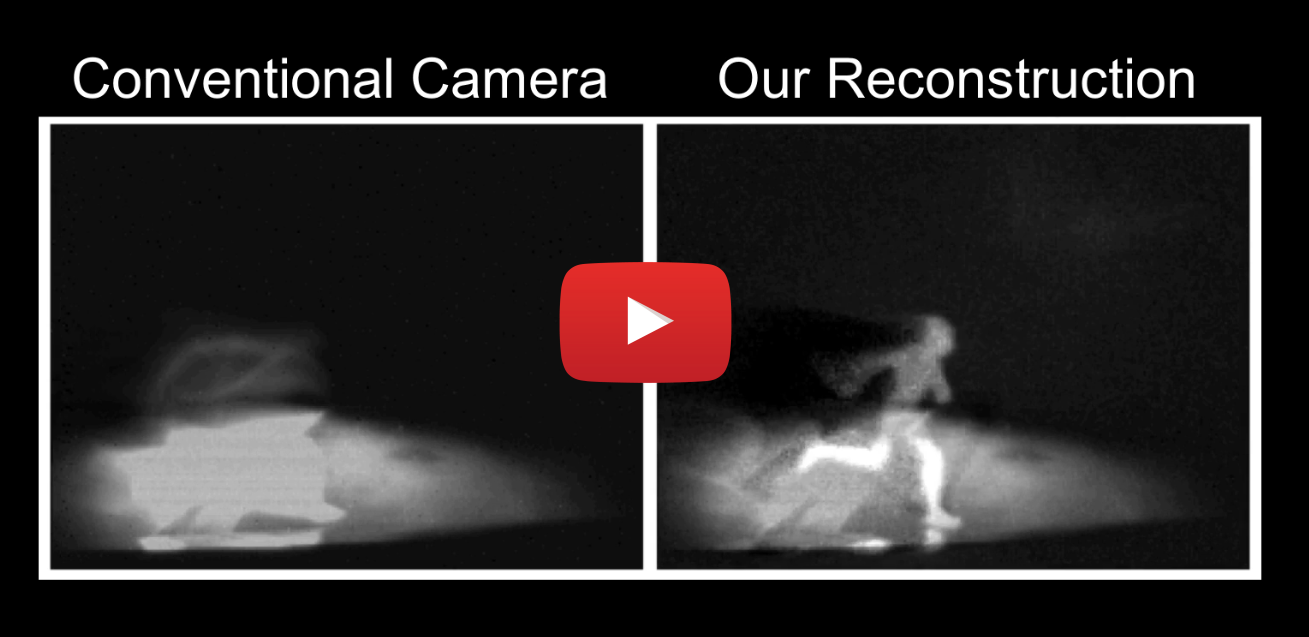Cedric Scheerlinck
This repository contains (1) Complementary filter (combines events and frames) and (2) High pass filter (pure event reconstruction). It can be used to reconstruct a continuous-time image representation of the event stream.
This package was developed using ROS version Kinetic (Ubuntu 16.04).
It can be run in real-time using (1) live DVS (RPG Event Camera Driver), or (2) pre-recorded rosbag (data, Color Event Dataset).
Got a noisy rosbag? Try the hot pixel filter.
The jupyter notebook demo version is now available.
The source code is released under the MIT License.
If you use this work in an academic context, please cite the following work (PDF, BibTex):
- Cedric Scheerlinck, Nick Barnes, Robert Mahony, "Continuous-time Intensity Estimation Using Event Cameras", Asian Conference on Computer Vision (ACCV), Perth, 2018.
Please replace <YOUR VERSION> with your ROS version (e.g. kinetic).
Install libusb, catkin tools, vcstool and autoreconf:
sudo apt install libusb-1.0-0-dev python-catkin-tools python-vcstool dh-autoreconf
Install ROS dependencies:
sudo apt install ros-<YOUR VERSION>-camera-info-manager ros-<YOUR VERSION>-image-view
Create a new catkin workspace if needed:
mkdir -p ~/catkin_ws/src && cd ~/catkin_ws/
catkin config --init --mkdirs --extend /opt/ros/<YOUR VERSION> --merge-devel --cmake-args -DCMAKE_BUILD_TYPE=Release
Clone this repository:
cd src/
git clone https://github.com/cedric-scheerlinck/dvs_image_reconstruction.git
Clone dependencies:
vcs-import < dvs_image_reconstruction/dependencies.yaml
Add udev rule to run live DVS (see RPG Event Camera Driver):
cd rpg_dvs_ros/libcaer_catkin/
sudo ./install.sh
Build the packages:
catkin build davis_ros_driver complementary_filter pure_event_reconstruction
source ~/catkin_ws/devel/setup.bash
Datasets can be found here.
The Color Event Dataset containing color frames and events is now available!
The webpage for this project with links to data, slides, paper and more can be found here:
https://cedric-scheerlinck.github.io/continuous-time-intensity-estimation
This research was funded by an Australian Government Research Training Program Scholarship (AGRTP) and the Autralian Research Council through the Australian Centre of Excellence for Robotic Vision (ACRV) CE140100016.

